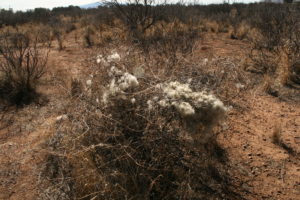
Canyon hackberry must be an old common name, because all the new literature calls it western hackberry. Western, I suppose, as opposed to the southern hackberry and the common hackberry, two species that over lap in the eastern US. Our western hackberry is Celtis reticulata, the southern hackberry is Celtis laevagatum, and the common hackberry is Celtis occidentalis. These are all trees, but I should mention our native shrub Celtis pallida. Anyway, that’s the way I learned the names, but I bet, like the common names, the Latinized binomials have changed as well. Now you know.
There are over 200 species of native Clematis found around the world and when you get into the ornamental hybrids that number goes up and like a Facebook relationship, it’s complicated. In Arizona there are six species. In the borderlands around you and me you find two species; Clematis drummondii and Clematis ligusticifolia – that’s a delicious specific epithet to pronounce – and sometimes you find them together and yes they hybridize. I neglected to tell you in this show that Clematis is in the Buttercup family, Ranuculaceae, but now I have.
A couple notes: the photos are mine of the Clematis covering the scruffy mesquite, the cool seed head, and the hackberry fruit hanging from the branches of a canyon hackberry tree. And though I took several photos of berry filled scats I did not include one, as I figured you know what a scat looks like. Oh, and many years ago when I ran a nursery in Tucson I donated two canyon hackberry trees to KXCI Community Radio for street trees and they are still there in front by the sidewalk and if you walk one house south of the radio station you will see a Drummond’s clematis clambering over a yard fence. Very cool!
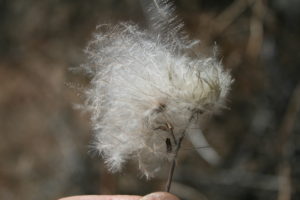
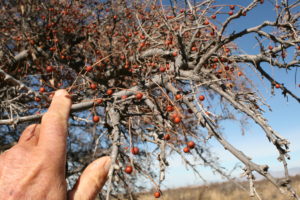
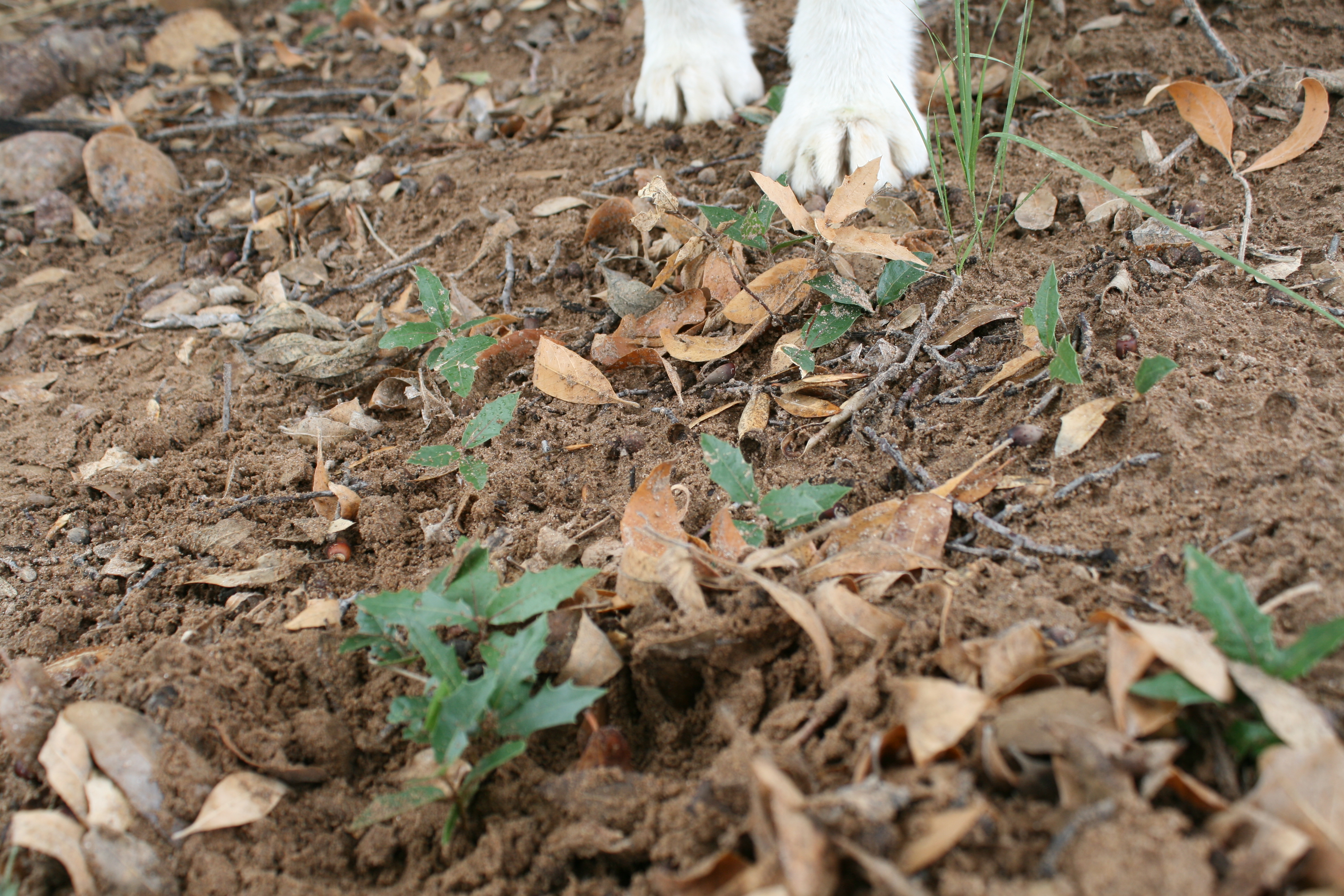
I’m lucky to live beside the Ol’ Guajolote. It’s not on the land where we live, but runs through other neighbors’ properties next to...

Petey likes his local farmers market so much he sings about it. Let’s listen. Farmers markets are fantastic. They bring people and food together...
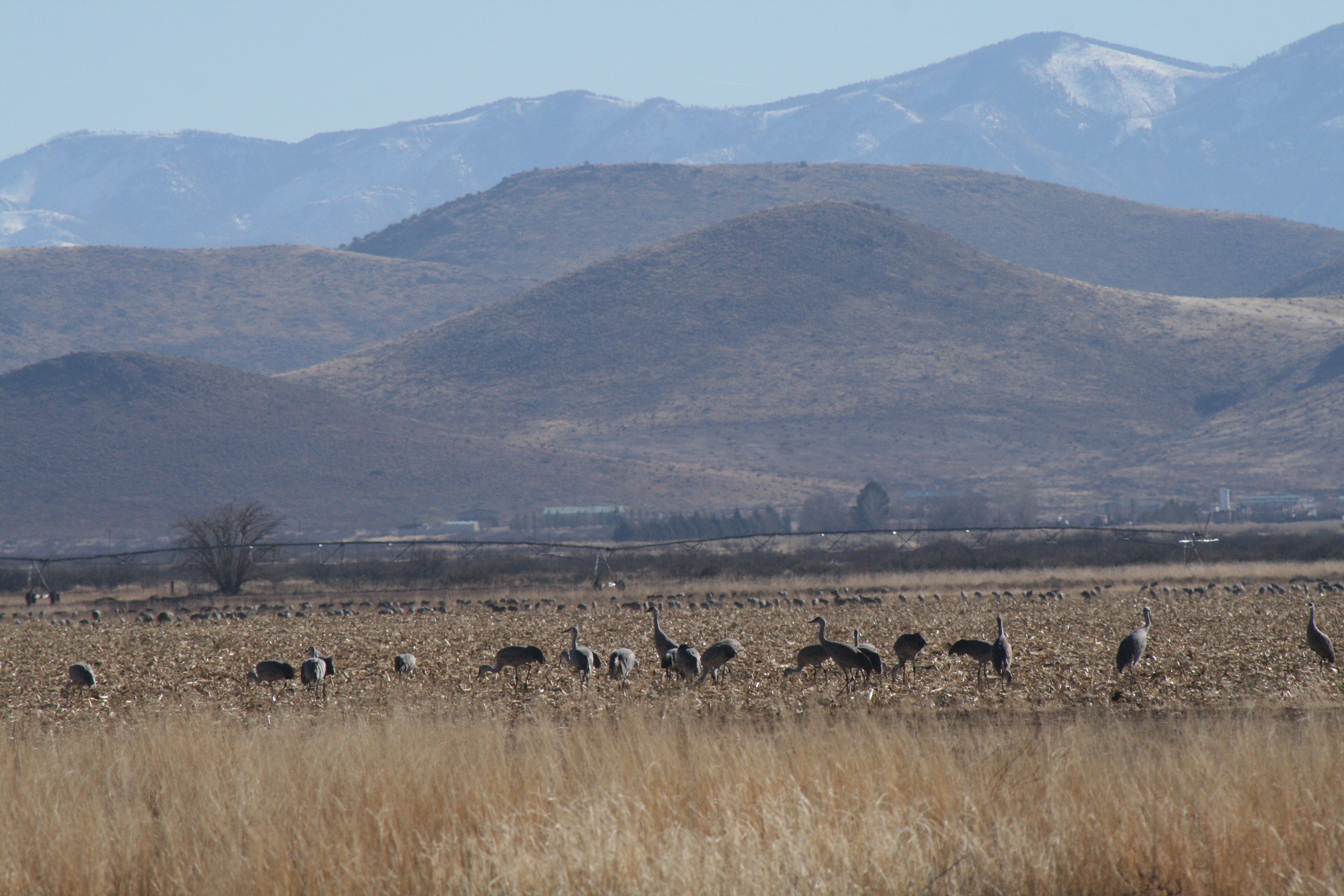
This show could also be called Typha latifolia and Grus canadensis, which has a nice scientific ring to it. Cattails are “plants of marshes...